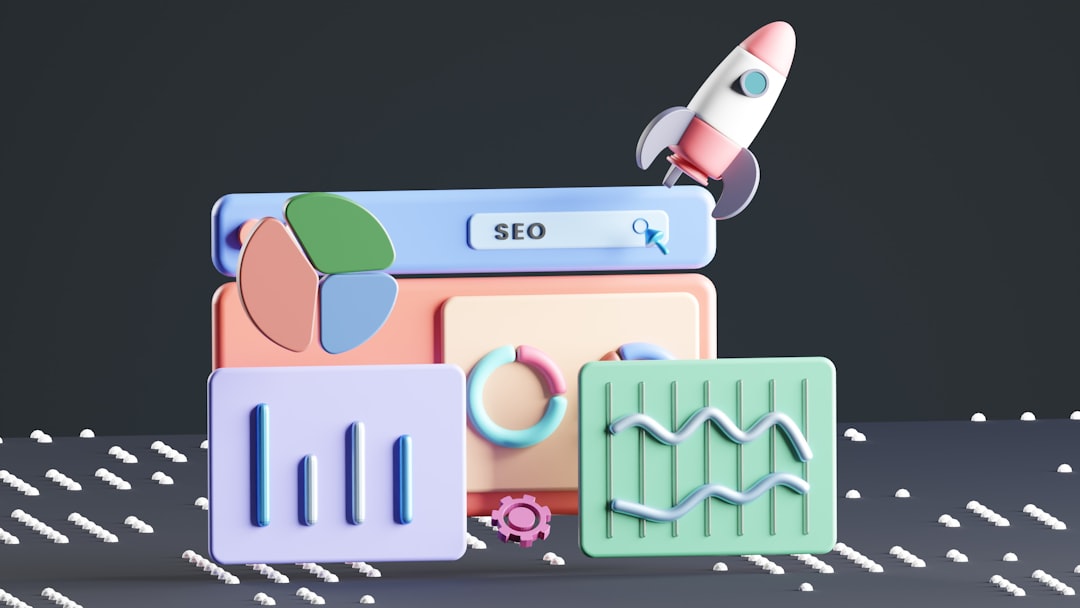Magazine Growth Marketing: Selecting an Agency for B2B/B2C Titles
In today’s media landscape, magazines—whether targeting consumers (B2C) or businesses (B2B)—face a rapidly evolving environment marked by digital disruption, shifting reader behaviors, and increased competition. To thrive, many publishers are seeking the support of specialized growth marketing agencies. Selecting the right agency can make a tangible difference in subscriber numbers, brand engagement, and overall profitability. This article explores the nuances of choosing a growth marketing agency tailored to the complex needs of B2B and B2C magazine titles.
Understanding Growth Marketing for Magazines
Growth marketing, distinct from traditional advertising, is a data-driven and iterative process that combines customer insights, testing, technology, and performance-focused tactics to drive sustainable growth. For magazines, this may include:
- Audience development campaigns designed to attract and retain readers.
- Content marketing strategies tied to subscription funnels.
- Email nurturing sequences to convert free readers to subscribers.
- Cross-platform remarketing to re-engage lapsed readers.
Effective growth marketing doesn’t just deliver traffic; it enhances lifetime customer value (LCV), deepens engagement, and employs scalable techniques for acquisition and retention. These goals apply universally, but how they’re executed differs significantly between B2B and B2C titles.
Differences in B2B and B2C Growth Strategies
While all magazines strive for audience expansion and revenue growth, each market segment brings its own challenges and goals:
B2C Titles
- Operate in a more visually rich, lifestyle-oriented space.
- Rely heavily on social engagement, influencer partnerships, and emotional appeal.
- Often have shorter purchasing cycles due to relatively low subscription costs.
B2B Titles
- Target narrow, often niche professional audiences.
- Prioritize value-driven content, thought leadership, and industry trust.
- Use longer sales funnels involving demos, gated content, or enterprise deals.
A capable growth agency must understand these differences and apply vertical-specific strategies. For instance, a B2B publisher will benefit more from data enrichment and account-based marketing (ABM) than from Instagram reels or giveaways.

Key Criteria for Selecting a Growth Marketing Agency
Not all agencies are created equal, and some are better suited to the magazine publishing vertical than others. When evaluating potential partners, publishers should consider these critical factors:
1. Industry Experience
Look for agencies with demonstrable results for media properties. Ask for case studies specific to your audience type (B2B or B2C), preferred channels, and performance goals. Agencies familiar with publishing nuances can better align strategies with editorial calendars, content priorities, and subscription models.
2. Full-Funnel Capability
Growth doesn’t come from a single tactic. Choose agencies capable of managing and optimizing each stage of your marketing funnel, including:
- Top-of-funnel strategies for brand awareness (e.g., paid media or SEO).
- Mid-funnel lead-building efforts (e.g., newsletters, webinars).
- Bottom-of-funnel conversion strategies (e.g., landing pages, offers).
3. Technical Proficiency
Your agency must be adept at leveraging analytics platforms, CRM systems, A/B testing tools, and email automation platforms. Look for fluency in technologies like Google Analytics GA4, HubSpot, Meta Ads Manager, and paywalls such as Pelcro or Piano.
4. Transparency and Reporting
Ensure the agency provides regular performance updates and recommends optimizations based on data. If reporting is vague or irregular, it often reflects a lack of strategy or accountability.
5. Culture and Communication
Growth marketing is a collaborative discipline. An agency that listens, adapts, and integrates well with your editorial and marketing teams will yield better results. Consider chemistry during the vetting process.
Common Pitfalls to Avoid
Even experienced publishers can encounter setbacks when selecting a growth partner. Here are a few mistakes to avoid:
- Failing to define success metrics — Agencies need clarity on what you consider a meaningful result: subscriptions, pageviews, podcast downloads, or email list growth?
- Over-prioritizing creative — Beautiful assets are meaningless without reach, targeting, or optimization. Creative output must be tied to performance goals.
- Thinking of growth marketing as a short-term boost — Sustainable growth comes from consistent iteration and analysis, not one-off campaigns.
Agencies Worth Considering
While global agencies may cater to large publishing conglomerates, numerous specialized firms excel in helping magazine media brands of all sizes. Below are a few categories of agencies worth exploring:
- Performance marketing shops that focus on cost-per-acquisition (CPA) and subscriber ROI, often suitable for B2C titles.
- CRM experts specializing in retention automation—key for B2B publishers focused on LTV.
- Publication-native agencies that have emerged from the media world and understand editorial calendars, digital subscriptions, and subscriber churn patterns.
Importantly, many of the most effective growth partners for magazines are boutique firms with deep knowledge of verticals like health, finance, retail, or manufacturing. They may not be household names, but they frequently provide a better fit and greater agility.

Evaluating Potential Partners
When shortlisting agencies, publishers should conduct thorough vetting through the following methods:
- Request custom proposals outlining channel strategies, potential KPIs, and technology integration plans.
- Ask to meet the team who will be assigned to your account—not just the sales manager.
- Audit their past campaigns across similar titles and request references from previous clients.
- Run a pilot campaign that allows your team to assess working style and effectiveness over six to eight weeks.
In addition, publishers need to clarify the agency’s contractual flexibility and scalability. Can efforts be paused? Are there additional fees for extra creative? Is billing monthly or by milestone? These details can affect your relationship long-term.
The Role of Internal Teams
Hiring an agency does not mean relinquishing control. In fact, optimal outcomes require alignment between your internal editorial, audience development, and product management teams. Provide access to readership insights, engage in shared campaign reviews, and ensure KPIs are integrated into broader publishing goals.
Moreover, agencies work best when content and creative assets are supplied efficiently. Establish a shared project management framework and deploy collaborative tools such as Slack, Trello, or Asana to keep everyone informed and on track.
Final Thoughts
For magazine brands—regardless of whether they target consumers or businesses—the right growth marketing agency can catalyze meaningful gains in readership, subscriber revenue, and brand influence. By carefully vetting agency partners based on their experience, capabilities, and strategic alignment, publishers can elevate their market position while remaining agile in an ever-changing media ecosystem.
Ultimately, success lies in the long-term relationship: a consistent partnership that moves beyond surface-level campaigns to deliver measurable, sustained growth. Investing in such a collaboration is no longer optional in the digital era—it is a strategic imperative.
- Australia Data Breach News: Regional Cybersecurity Updates - January 8, 2026
- Free Payroll Software: Best Tools for Small Business - January 8, 2026
- How to Fix WiiLink Error Code 107305 (Step-by-Step) - January 8, 2026
Where Should We Send
Your WordPress Deals & Discounts?
Subscribe to Our Newsletter and Get Your First Deal Delivered Instant to Your Email Inbox.



